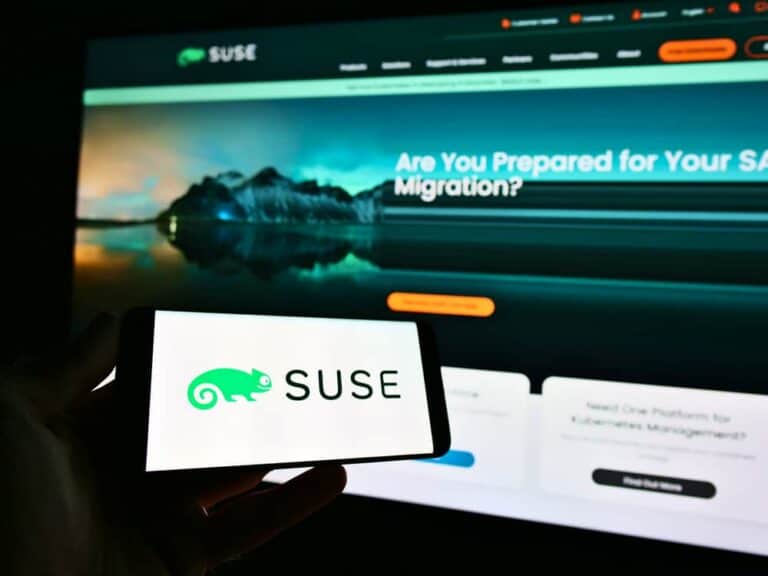In June, SUSE acquired Dutch observability company StackState. The release of SUSE Rancher Prime 3.1 integrates that company’s solution into SUSE’s Kubernetes platform. As of today, the extension is available.
The promise of Rancher Prime 3.1 is full-stack visibility. Unlike before, there is no need use external tooling to get real-time insights into this Kubernetes offering. According to SUSE, the integration is another step toward the cloud-native modernization that organizations are embarking on.
Also, observability on this playing field is simply a growth market from which SUSE can benefit. The company cites research from MarketsandMarkets that estimates the growth of observability tools and platforms at $2.4 billion to $4.1 billion between 2023 and 2028.
Increasing threat
“As the threats of service interruptions continue, the risk of widespread outages is higher than ever and our customers need a unified view of their entire mission-critical infrastructure and applications,” said Peter Smails, SVP, General Manager, Enterprise Container Management at SUSE. “Rancher Prime Observability will enable customers to ensure reliability, accelerate troubleshooting, and maximize performance while keeping their systems running smoothly.”
Rancher Prime Observability offers five benefits, as SUSE introduces them. APM (application performance monitoring) is the simplest, which is based on eBPF. It works for databases, endpoints, applications and queues.
Automatic data correlation connects metrics, events, logs, traces and change information from different sources on a single timeline. Advanced dependency mapping makes the timing and impact of changes a lot clearer than before. These two things in particular help to detect, understand and resolve problems as quickly as possible.
Out-of-the-box connected dashboards centralize observability data, with SUSE promising quick visibility with a user-friendly UI. Another out-of-the-box feature focuses on detection and remediation, offering step-by-step directions.
Also read our recent inverview with SUSE CEO Dirk-Pieter van Leeuwen: SUSE CEO: “If you want secure software, it has to be open-source.”
